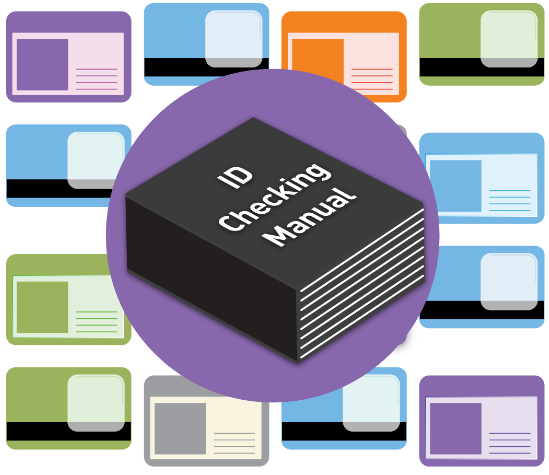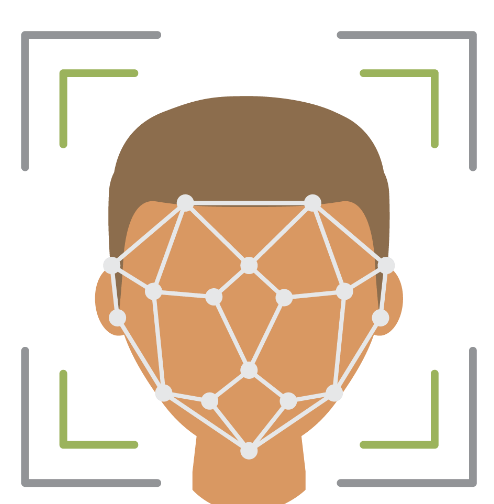New generations of consumers want to handle the vast majority of their banking needs on digital and unattended channels. They expect every interaction to be frictionless and fast.
But to open a bank account, customers still need to go to a branch, because the bank needs to verify the customer’s identity (perform KYC). And that’s a hassle that may be keeping new customers away.
But what if you could open a new account from mobile banking or online banking and never have to go the branch? All that, without compromising on the assurance level of the identity verification – rather even improving upon it?
KYC: before background check, identity check
Let’s take a minute to understand the shortcomings of in-branch visual identity checks that take place today.
Banks need to verify customer IDs in lots of cases, and to do so in compliance with KYC and AML regulatory requirements. This is most critical when customers open a new account.
It’s true that banks employ many checks for AML compliance that include identity verification, customer due diligence, watchlist filtering, suspicious activity monitoring, fraud prevention and investigative tools.
But for years, that first step – the process of ID verification – has been treated the most lightly.
Just think how you verify a customer’s ID today: one of your branch staff looks at the customer, looks at the ID, and does a quick visual comparison.
You may even have one of those books on hand, which catalog all the IDs and their security features, to help you spot a fake.
But that’s not going to work. Do you know why?

Between the individual states and the federal government, there are over 1,000 different driver’s licenses and IDs in the United States. And those documents get updated and changed all the time.
How can anyone keep track? How can we be relying on visual inspection by unspecialized staff?
The good news is that in the age of technology – you don’t have to.
ID Verification to the Power of Automation
Visual ID document verification is flawed.
Not only is it error-prone and inconsistent, it makes your audits harder and it doesn’t lend itself at all to the inevitable digital transformation banking is going through.
Automated ID Verification solutions exist to take all the guesswork out of identifying a valid ID document and verifying the person presenting it is indeed its rightful owner. These solutions can work in the branch, or on self-service channels like mobile, tablets, PCs and kiosks.
How does it work?
To verify an ID, you need to take a picture of the ID document. Inside the branch, this could be using a desktop scanner, office scanner or tablet. On a self-service channel, the customer can snap a photo on their smartphone or tablet, or upload a photo from their PC to online banking.
Based on this picture taken of the document, automated ID verification solutions perform more than 50 forensic checks to confirm the document’s integrity, security features and data consistency.
It only takes a few seconds, but the technology is actually doing a lot:
It examines microprint and security threads, special paper and ink, seals and holograms, patterns and geometric settings, and data consistency throughout.
To verify the document, the software references an up-to-date library of all US state and federal IDs, so no document change or update is overlooked. Take for example all the new driver’s licenses and IDs reissued to comply with the REAL ID Act or AAMVA new security guidelines. All those new documents and their security features are checked and verified by sophisticated software – not a human eye.
What else is cool about Automated ID Verification?
With the steady rise of identity theft and the high-publicity data breaches in the news, customers are increasingly concerned about who has access to their personal identifiable information, like social security numbers. They’re worried that bank employees could steal that information when they change jobs, in an industry that has 18.6% employee turnover rate.
Using automated ID verification solutions the customer’s data can actually be extracted directly from the ID document and used to populate the bank’s software, masking information employees don’t need to see – like SSNs. It also eliminates the paper forms customers are so often asked to fill in, which could easily be exploited for fraud.
For compliance and audit, that’s a blessing. Because all the measures you take to follow KYC procedures, including ID verification, are captured digitally.

Lastly, when you start moving more and more of your services to digital channels – like opening new accounts or applying for loans, you don’t want customers to have to come into the branch to be verified. Combining automated ID verification with facial recognition using selfies allows you to extend transactions you previously considered too risky for mobile to go full-blown digital.
Take a look at this video to see how smoothly automated ID verification works for opening a new account via mobile banking:


